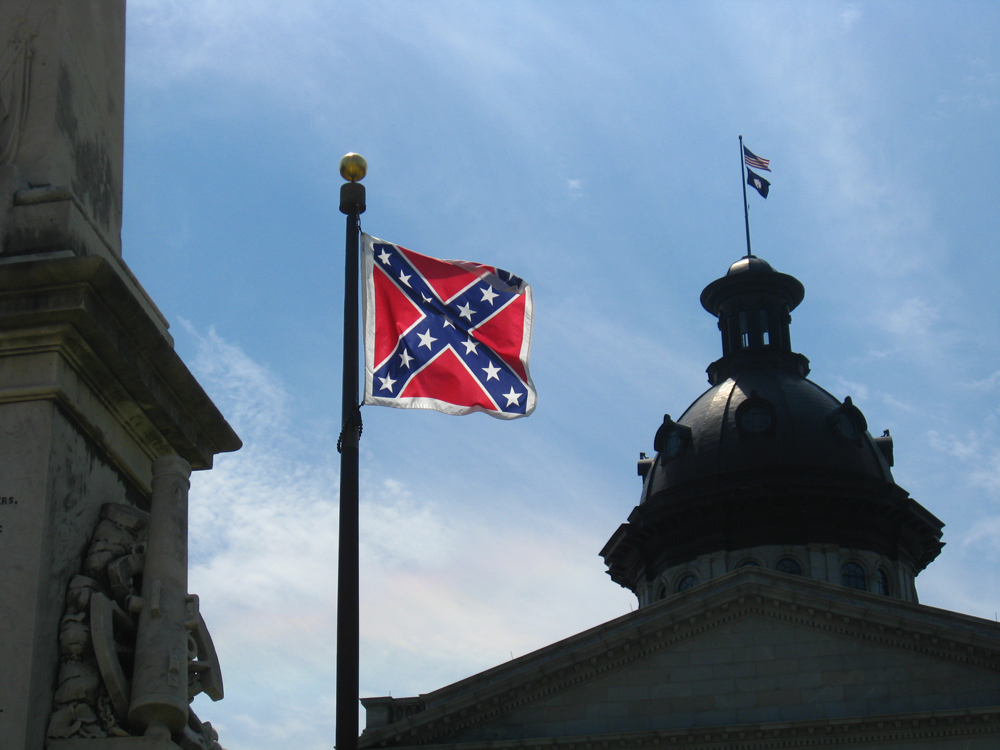| << Chapter < Page | Chapter >> Page > |
For example, when a newspaper prints the race of individuals accused of a crime, it may enhance stereotypes of a certain minority. Another example of racist practices is racial steering , in which real estate agents direct prospective homeowners toward or away from certain neighborhoods based on their race. Racist attitudes and beliefs are often more insidious and hard to pin down than specific racist practices.
Prejudice and discrimination can overlap and intersect in many ways. To illustrate, here are four examples of how prejudice and discrimination can occur. Unprejudiced nondiscriminators are open-minded, tolerant, and accepting individuals. Unprejudiced discriminators might be those who, unthinkingly, practice sexism in their workplace by not considering females for certain positions that have traditionally been held by men. Prejudiced nondiscriminators are those who hold racist beliefs but don’t act on them, such as a racist store owner who serves minority customers. Prejudiced discriminators include those who actively make disparaging remarks about others or who perpetuate hate crimes.
Discrimination also manifests in different ways. The illustrations above are examples of individual discrimination, but other types exist. Institutional discrimination is when a societal system has developed with an embedded disenfranchisement of a group, such as the U.S. military’s historical nonacceptance of minority sexualities as recently experienced surrounding the “don’t ask, don’t tell” policy.
Institutional discrimination can also involve the promotion of a group’s status, such as occurs with white privilege. While most white people are willing to admit that non-white people live with a set of disadvantages due to the color of their skin, very few white people are willing to acknowledge the benefits they receive simply by being white. White privilege refers to the fact that dominant groups often accept their experience as the normative (and hence, superior) experience. Failure to recognize this “normality” as race-based is an example of a dominant group institutionalizing racism. Feminist sociologist Peggy McIntosh (1988) described several examples of “white privilege.” For instance, white women can easily find makeup that matches their skin tone. White people can be assured that, most of the time, they will be dealing with authority figures of their own race. How many other examples of white privilege can you think of?

In January 2006, two girls walked into Burleson High School in Texas carrying purses that displayed large images of Confederate flags. School administrators told the girls that they were in violation of the dress code, which prohibited apparel with inappropriate symbolism or clothing that discriminated based on race. To stay in school, they’d have to have someone pick up their purses or leave them in the office. The girls chose to go home for the day, but proceeded on a path of challenging the action, appealing first to the principal, then to the district superintendent, then to the U.S. District Court, and finally to the Fifth Circuit Court of Appeals.
Why did the school ban the purses, and why did they stand behind that ban, even when being sued? Why did the girls, identified anonymously in court documents as A.M. and A.T., pursue such strong legal measures for their right to carry the purses? The issue, of course, is not the purses: it is the Confederate flag that adorns them. This case, A.M. and A.T. v Burleson Independent School District et al. (2009), joins a long line of people and institutions that have fought for their right to display the Confederate flag. In the end, the court sided with the district and noted that the Confederate flag carried symbolism significant enough to disrupt normal school activities.
While many young Americans like to believe that racism is mostly in the country’s past, this case illustrates how racism and discrimination are quite alive today. If the Confederate flag is synonymous with slavery, is there any place for its display in modern society? Those who fight for their right to display the flag say that such a display should be covered by the First Amendment: the right to free speech. But others say that the flag is equivalent to hate speech, which is not covered by the First Amendment. Do you think that displaying the Confederate flag should considered free speech or hate speech?
Stereotypes are oversimplified ideas about groups of people. Prejudice refers to thoughts and feelings, while discrimination refers to actions. Racism refers to the belief that one race is inherently superior or inferior to other races.
How does racial steering contribute to institutionalized racism?
Give an example of stereotyping that you see in everyday life. Explain what would need to happen for this to be eliminated.
How far should First Amendment rights extend? Read more about the subject at the First Amendment Center: (External Link)
Hudson, David L. 2009. “Students Lose Confederate-Flag Purse Case in 5th Circuit.” Retrieved December 7, 2011 ( (External Link) ).
McIntosh, Peggy. 1988. “White Privilege: Unpacking the Invisible Knapsack.” White Privilege and Male Privilege: A Personal Account of Coming to See Correspondences Through Work in Women’s Studies . Wellesley, MA: Wellesley College Center for Research on Women.

Notification Switch
Would you like to follow the 'Introduction to sociology' conversation and receive update notifications?